Published:2024-09-26 17:11:09Source:JuxiaAuthor:Juxia
When players first arrive in Star Wars Outlaws' Mirogana on Toshara, Kay Vess is gradually introduced to the world of crime syndicates that dominate the galaxy’s remote districts and hideouts. Kay had already faced the dangers of these syndicates during her encounter with Zerek Besh in Canto Bight, which sets the stage for much of what follows in the game. However, unlike the more influential factions like the Pykes, Crimson Dawn, Hutts, and Ashiga, Sliro Barsha’s gang doesn’t present a major threat, as players cannot form any alliances with them, making their involvement feel more like a side note.

In Star Wars Outlaws, angering a faction typically causes a loss of favor, but players often have good reason to betray one faction or openly side with another. This is where the game’s open world shines—every decision players make has consequences tied to their reputation with each group. Unfortunately, the reputation system doesn't play a significant role in the central plot involving Zerek Besh, unless players take an interest in peeking into the rare goods of a syndicate, which is where the system’s impact falls short.
Although reputation has little bearing on the main storyline in Star Wars Outlaws, it plays a crucial role in the game’s mechanics. Players with a positive standing with a syndicate can freely explore that faction’s districts and hideouts, gaining access to exclusive merchants and unique data. This alone motivates players to maintain a good reputation with various groups, as it opens up opportunities for backstabbing and further exploration.
For example, players with a favorable reputation with Crimson Dawn in Mirogana can sneak into the Market District’s kitchen, leading to a landing pad at their base. However, even with a good reputation, players are still restricted from entering the district’s vault or landing pad, as these are off-limits to everyone.

A high-stakes contract in Mirogana asks players to place a spike within the Crimson Dawn district, and completing the mission requires sneaking in undetected. Without a good standing with Crimson Dawn, players must navigate the entire Market District stealthily, making the task even more difficult. But even with a positive reputation, players will still face the challenge of infiltrating restricted areas undetected, proving that reputation is only part of the equation.
A syndicate may welcome Kay into their territory, but they’ll quickly draw their blasters if she ventures into off-limits areas. The contract in Mirogana allows players to place the spike in accessible zones with a good reputation, incentivizing them to work with Crimson Dawn. Increasing reputation levels is not overly difficult as long as players frequently take on contracts, while letting their reputation drop to Poor or Bad reflects a refusal to engage with the game’s open-world activities.

Similarly, players can either complete contracts as promised or take an alternate offer from a rival faction or independent contractor. Choosing the best option requires careful consideration of reputation standings and the potential benefits, especially when an alternative deal offers double the credits.
Each companion Kay recruits across planets like Toshara, Kijimi, Akiva, and Tatooine comes with small story moments tied to the game’s reputation system. However, these interactions never impact the larger narrative surrounding the central heist, making the syndicates feel underutilized in the main story.
Outside of the Trailblazer delivery crate rewards players receive upon reaching Good, Excellent, or Max reputation, there isn’t much else to gain from maintaining a high reputation, unless players are keen to revisit locations like Jabba’s palace on Tatooine. The real treasures players want to access, such as vaults and restricted areas, remain out of reach no matter how much goodwill they build with a syndicate.
This design choice makes sense from a narrative standpoint—doing a few jobs for a syndicate wouldn’t grant Kay access to all of their secrets. Additionally, players can use the Imperial bases scattered throughout the galaxy as practice grounds for learning how to break into restricted areas without getting caught.

The Galactic Empire, while posing a significant threat, offers no real opportunities for players to ally with them as they might with a syndicate, which feels like a missed opportunity given their presence in the galaxy. The Empire could have played a more substantial role in aiding Kay’s efforts, adding another layer of strategy to the game.
Unfortunately, the focus on restricted area rewards pushes gameplay toward stealth or combat-heavy approaches, leaving the reputation system and its dialogue-based interactions underused. The system does have one significant narrative payoff: during the final ship combat sequence, the syndicate with the highest reputation will assist Kay alongside the Rebels. While this is a satisfying moment, it feels more like an afterthought since syndicates have little impact on the story leading up to that point, serving mainly as gatekeepers for where players can and cannot roam.

Star Wars Outlaws' Latest Patch Addresses Stealth Issues
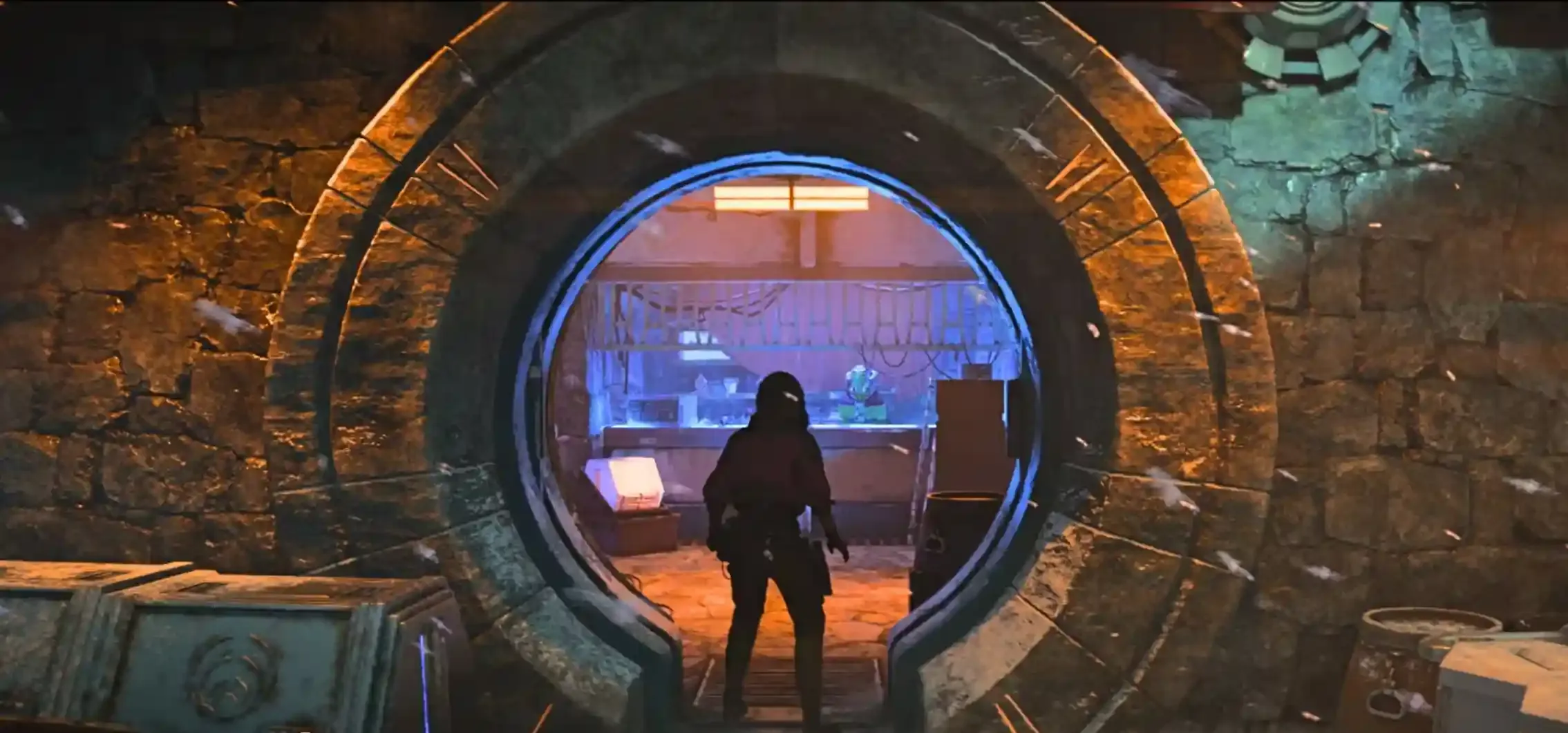
Star Wars Outlaws: How to Obtain the Gas Acceleration Converter
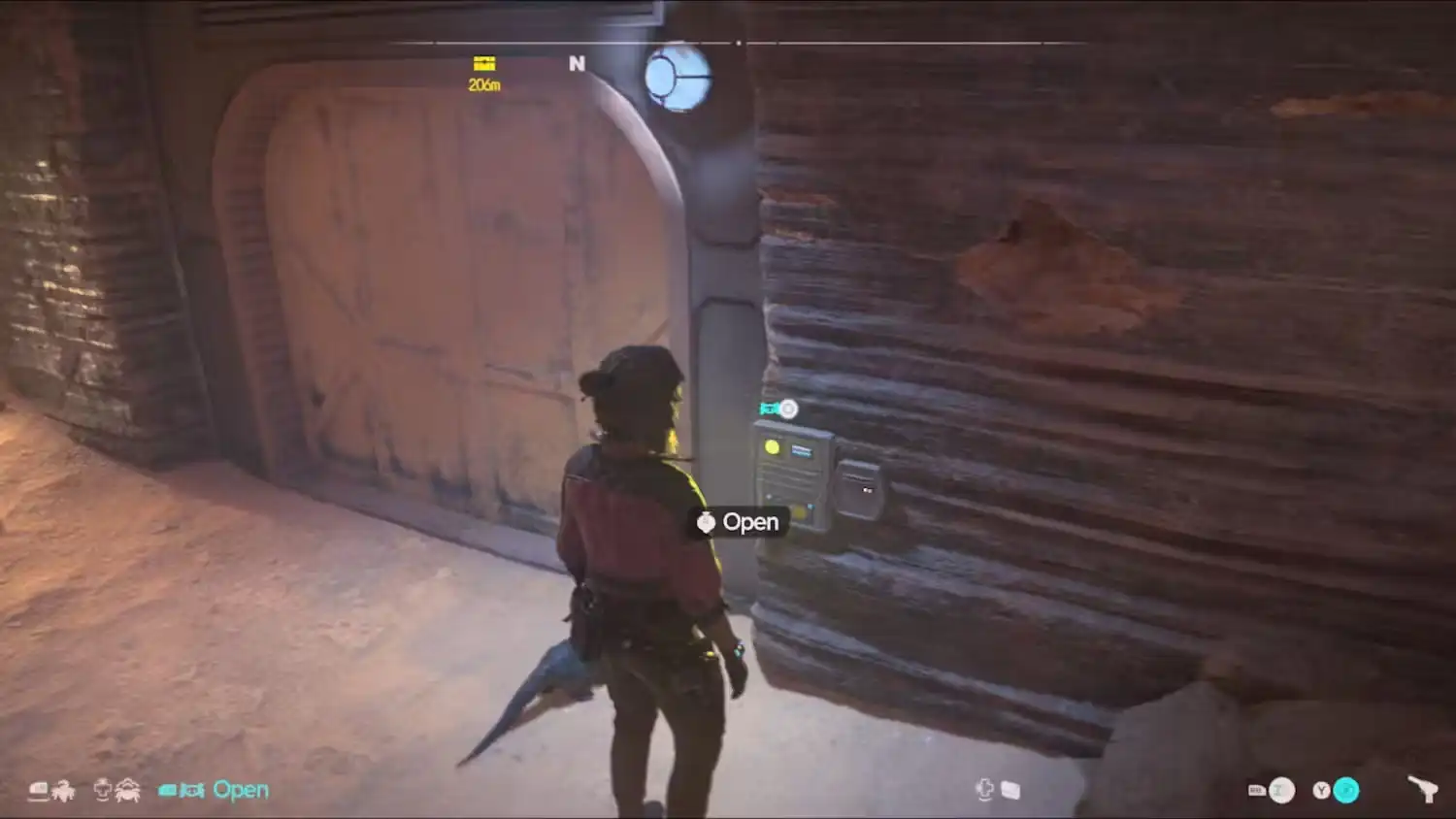
Star Wars Outlaws: Complete Guide to Mos Algo Treasure Locations
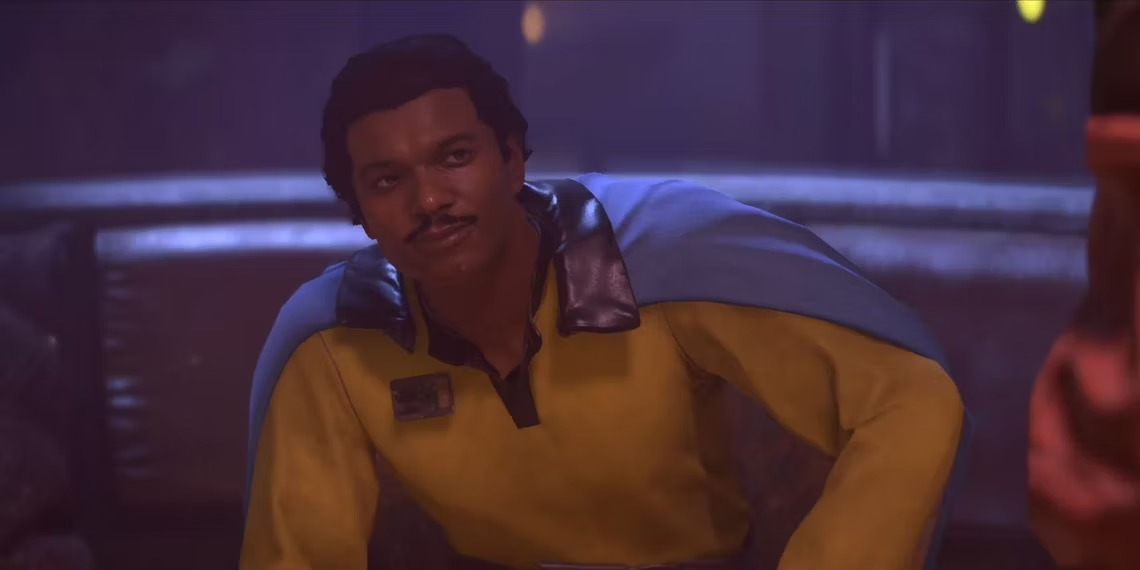
Star Wars Outlaws: Release Date Confirmed for Wild Card Expansion and Free DLC
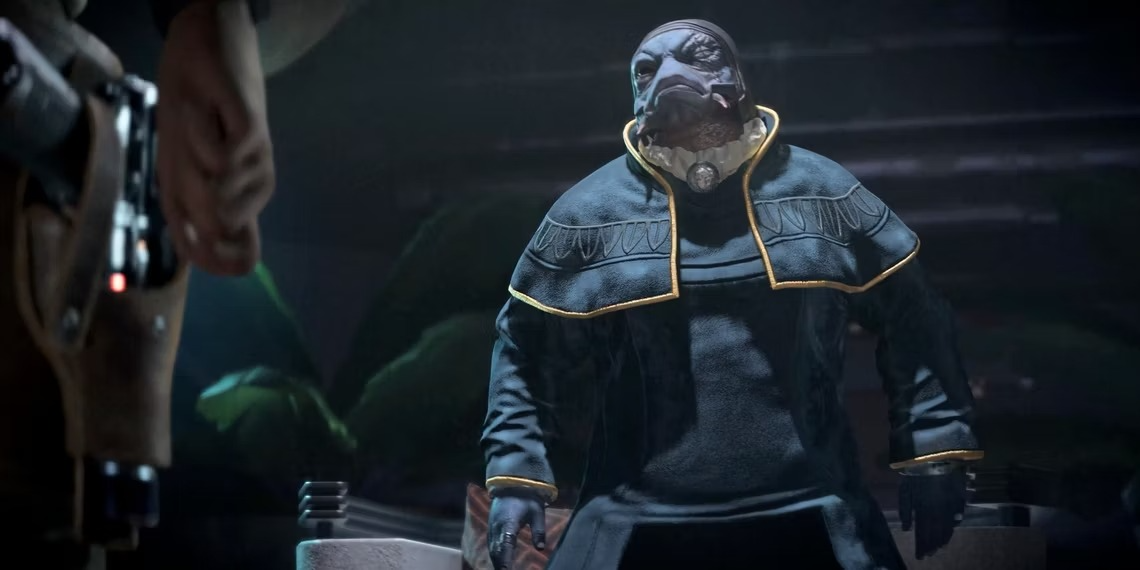
Star Wars Outlaws: Discovering All Pyke Syndicate Vault Keycard Locations
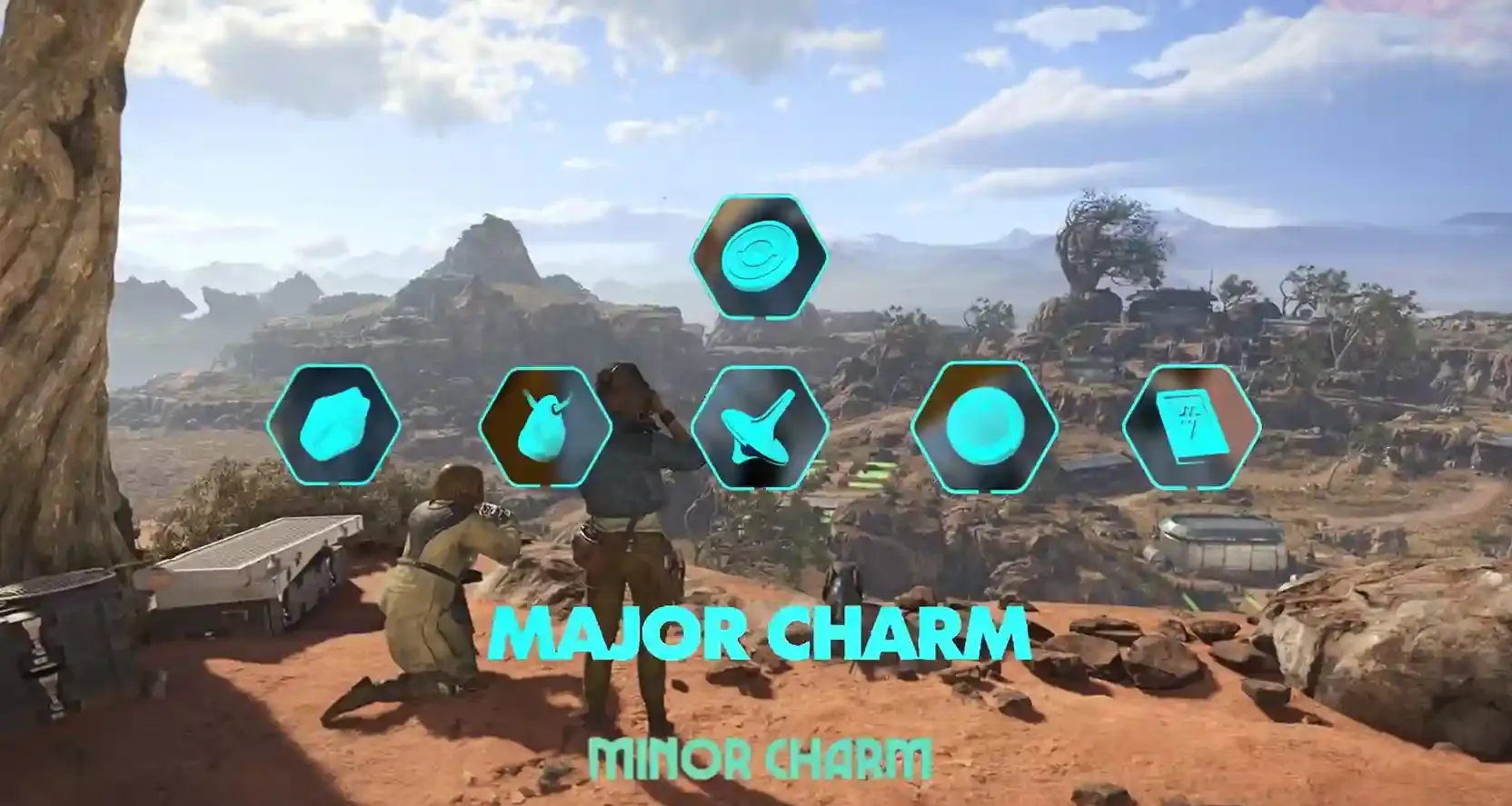
Star Wars Outlaws: A Complete Guide to Charms
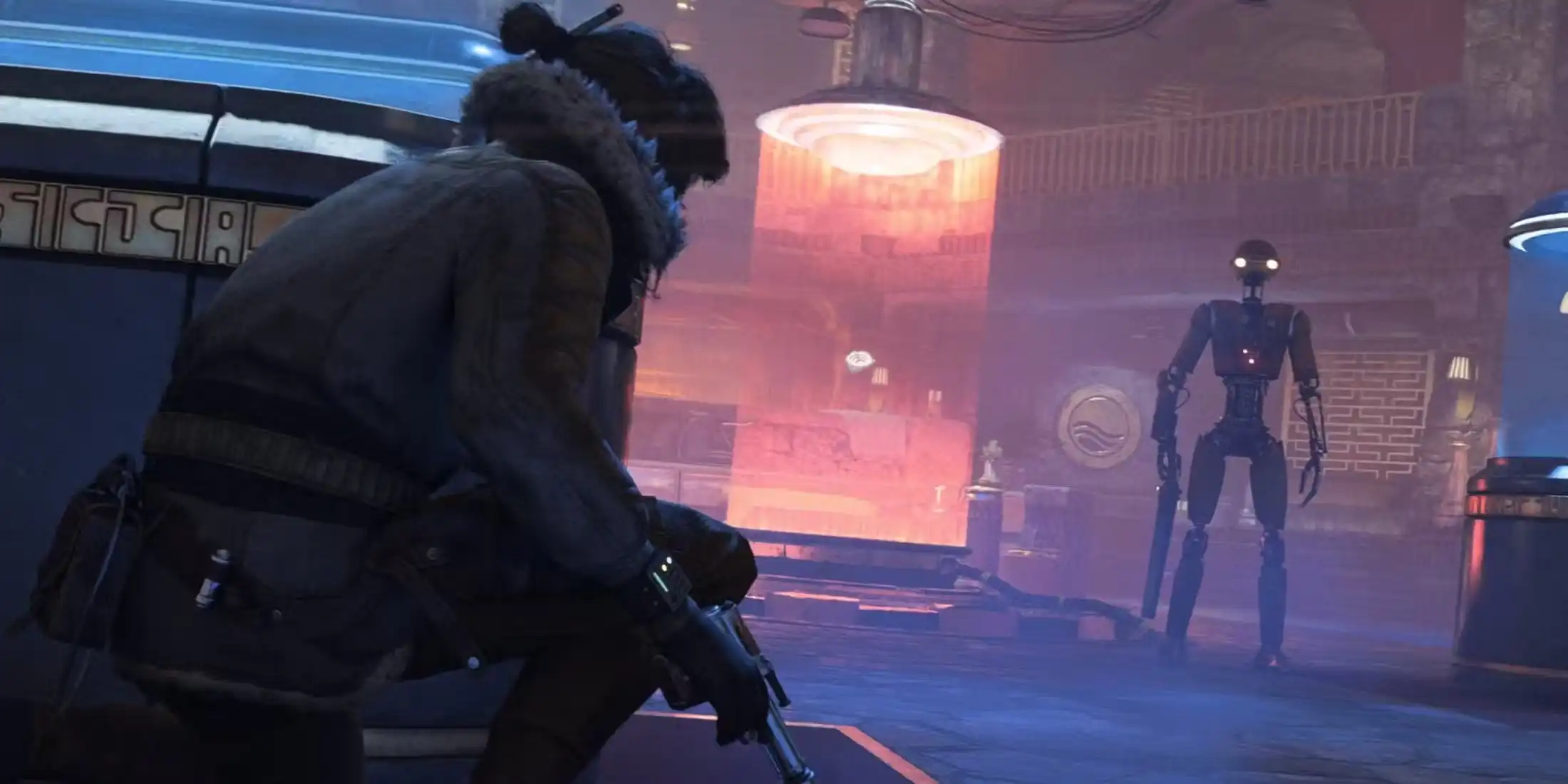
Star Wars Outlaws: Addressing Controversial Gameplay Mechanics

Star Wars Outlaws Guide: The Truth Quest Walkthrough

Star Wars Outlaws' 'Unfair' Insta-Fail Stealth Sections Set for a Patch
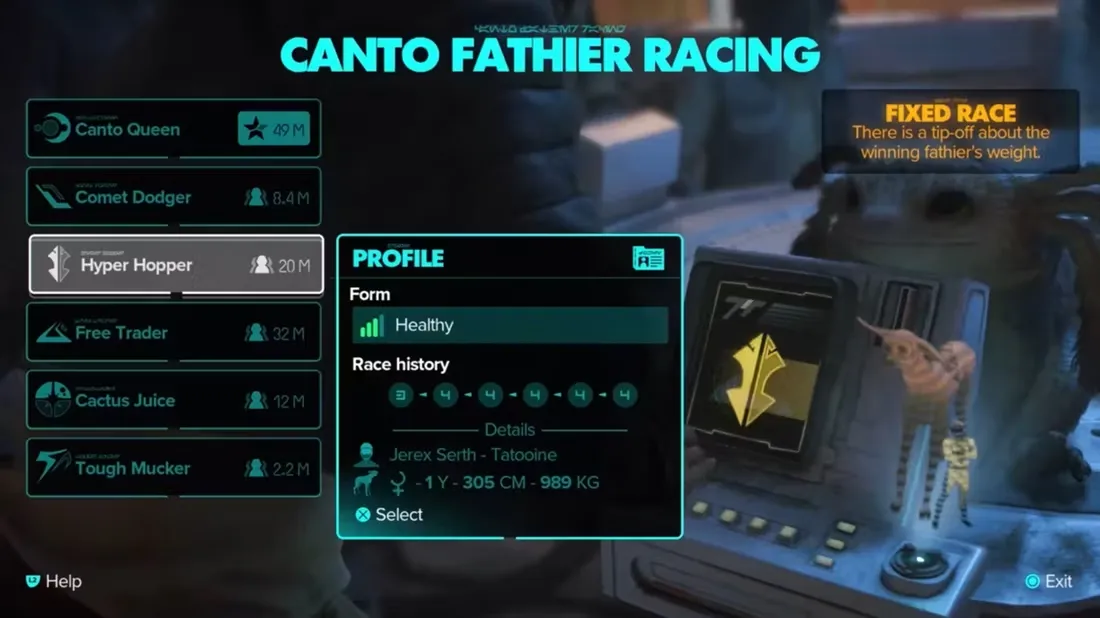
Star Wars Outlaws Guide: How to Win at Fixed Faltheir Races for Maximum Credits

Fortune Fruit Slots
| Card

Amazon Slots Real Money Casino
| Card

Tile Mahjong Daily
| Card
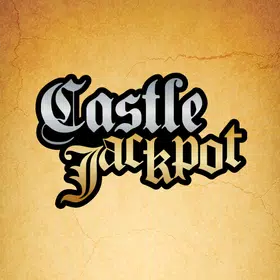
Castle Jackpot Real Money Casino Games & Jackpots
| Card

Golden Bunny Slots
| Card

맞고 도사전
| Card

Slots Free Royal Slot Machines
| Card
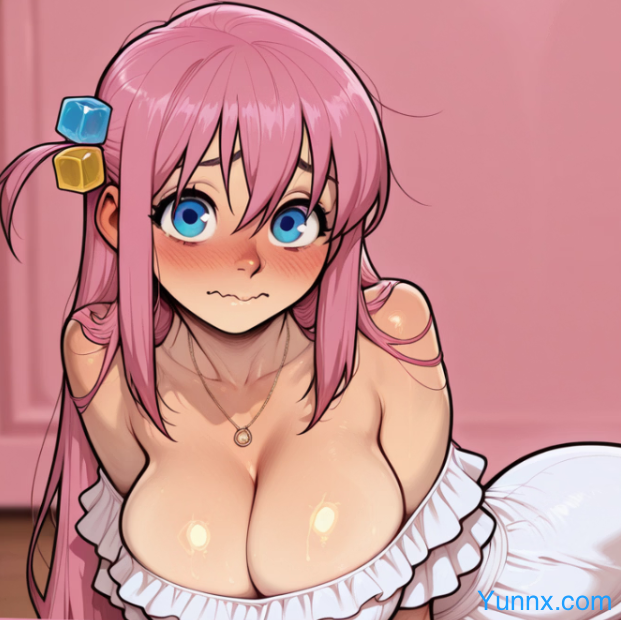
Guitar Crush
| Casual
Juxia Game Review - Koei Tecmo’s Atelier Ryza ASMR Hits DLsite!
Juxia Anime Review - You Can't Be in a Rom-Com with Your Childhood Friends! Anime Adaptation
Juxia Anime Review - Why You Should Revisit Chained Soldier Explosive First Season
Transform Text and Photos into incredibly creative emojis with 'AI Emoji'
Sword of Justice Global Launches Soon - Everything You Must Know!
Sword of Justice Class Guide (7) - All School Classes Explained & Reviewed!
Sword of Justice Class Guide (6) - Sylph: Healing, Revival, and Grace in Battle!
Sword of Justice Class Guide (5) - Ironclad: Why This Rare Tank Class Is Worth Playing!
Sword of Justice Class Guide (4) - Numina: Master the Art of Poison and Tactical Combat!
LIVE A HERO
Retro Hero Mr Kim
Empire of Passion
Arcane Quest Legends
Magic Snap: Momotaro
AllStar Manga Heroes
Lunescape
ONE PIECE Thousand Storm JP
Tap Titans 2